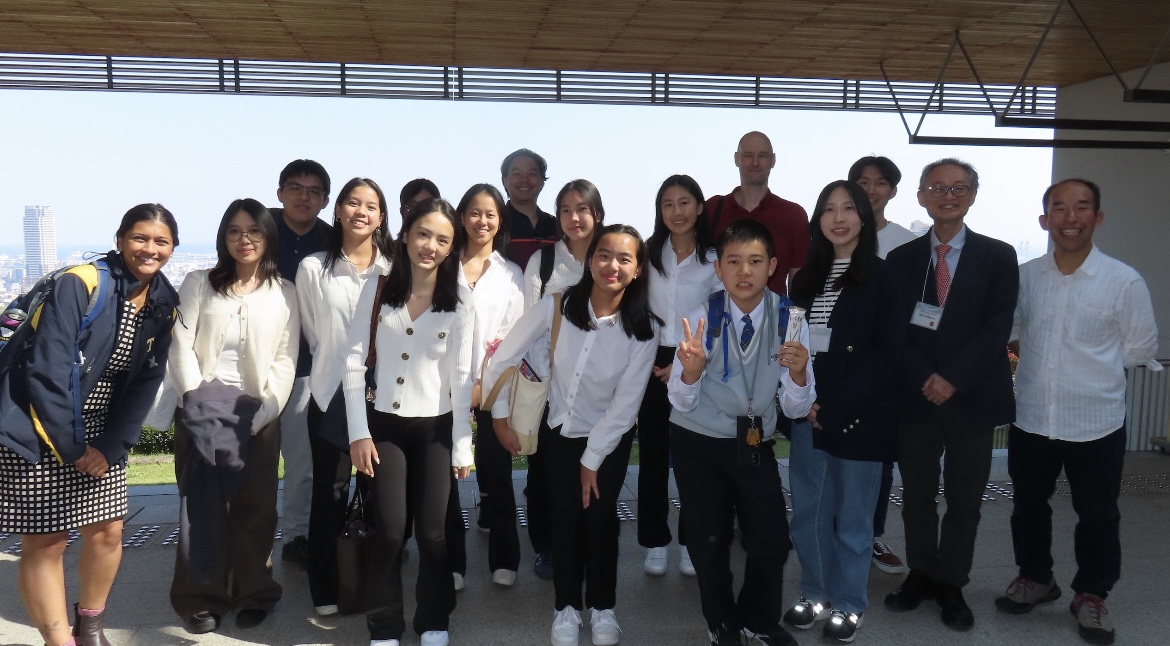
Benjamin Franklin once said, “Nothing can be said to be certain, except, death and taxes.” Though he certainly does seem right about the latter, the former stands open to debate: can death be controlled? For many, the answer may seem out of reach. For the TAS iGEM team, the answer lies buried in the world of synthetic biology
“You can think of synthetic biology as playing with Legos. But instead of using Lego pieces, you use standardized biological parts to build biological circuits. You put these circuits into a host, such as bacteria, and you can make the bacteria do anything,” Phillip T. (11), head of the iGEM experimental division, said. So far, iGEM teams around the world have been able to make bacteria perform various actions, from creating biodegradable Styrofoam to converting electronic waste into gold.
In a first for TAS, students were given the opportunity to participate in the high school division of the iGEM competition. The iGEM competition, originally established as a synthetic biology competition for undergraduate and graduate students, expanded to include high school students in 2012.
The six month process ultimately ends with a worldwide Jamboree that takes place at the Massachusetts Institute of Technology (MIT) at the end of June.
To win in this competition, teams are required to show excellence in three major areas: creating biological circuits, raising awareness of their project within their community, and uploading their progress on a site that students code and design themselves.
This year, the TAS iGEM team chose to create biological circuits that can potentially extend the human life span. They plan to do so by regulating an enzyme called Telomerase that prevents the loss of important DNA from chromosome ends during DNA replication. The loss of DNA ends has been linked to aging and possibly death. By regulating Telomerase with synthetic biological means, the team aims to achieve the goal of extending cell life.
Playing with the Lego of life
March 15, 2014
0



![[PHOTO COURTESY OF PIXABAY]](https://blueandgoldonline.org/wp-content/uploads/2025/03/white-18227_1280-1200x803.jpg)

![[PHOTO COURTESY OF PIXABAY]](https://blueandgoldonline.org/wp-content/uploads/2025/03/fire-6706674_1280-1200x800.jpg)
